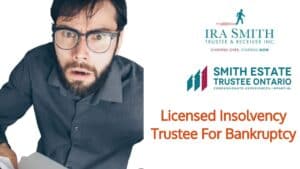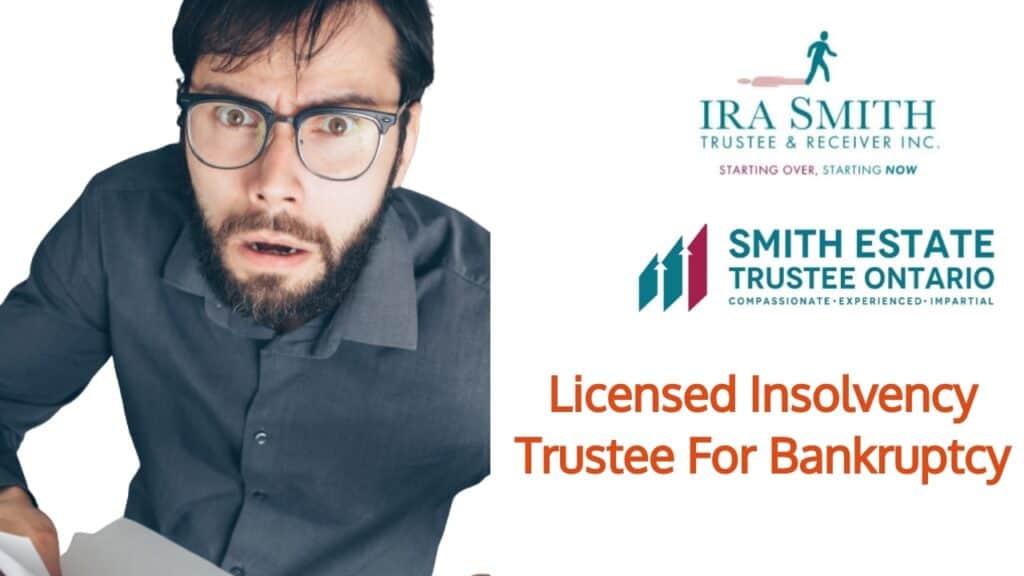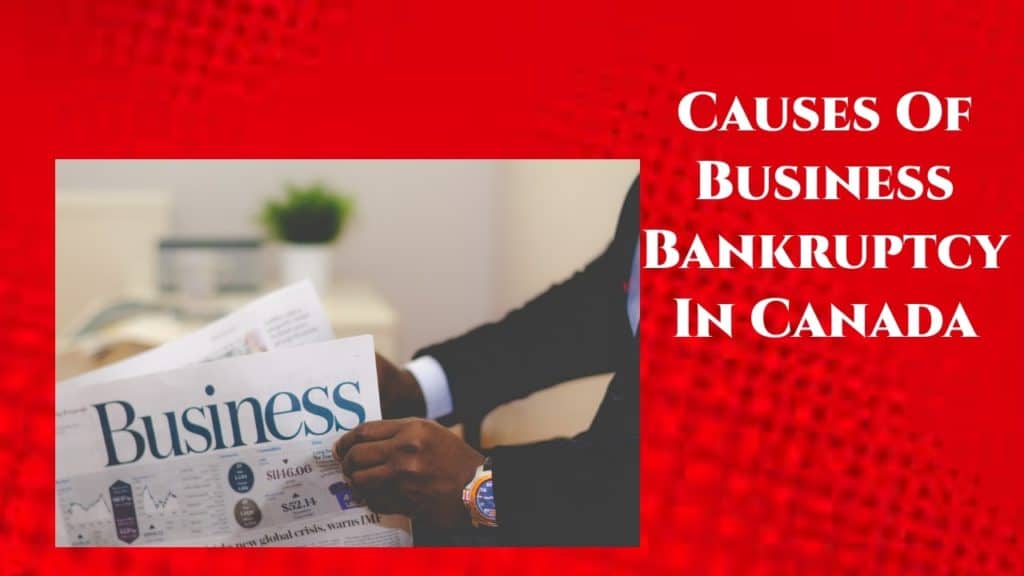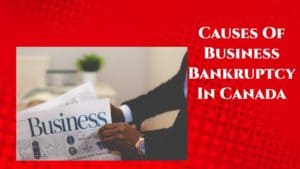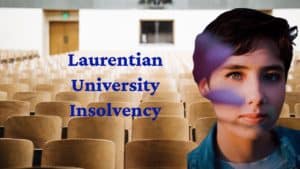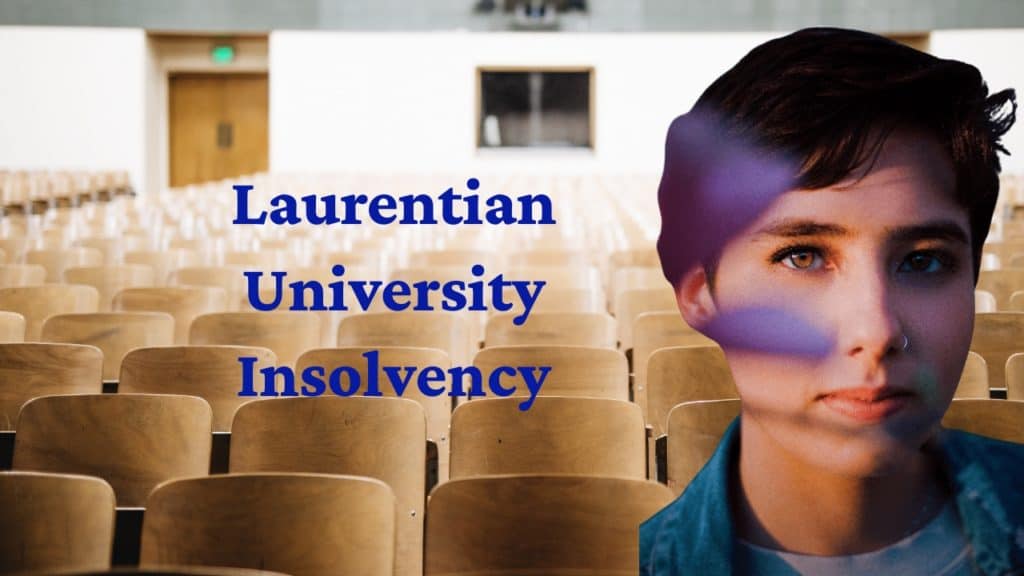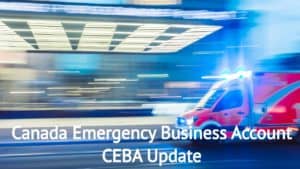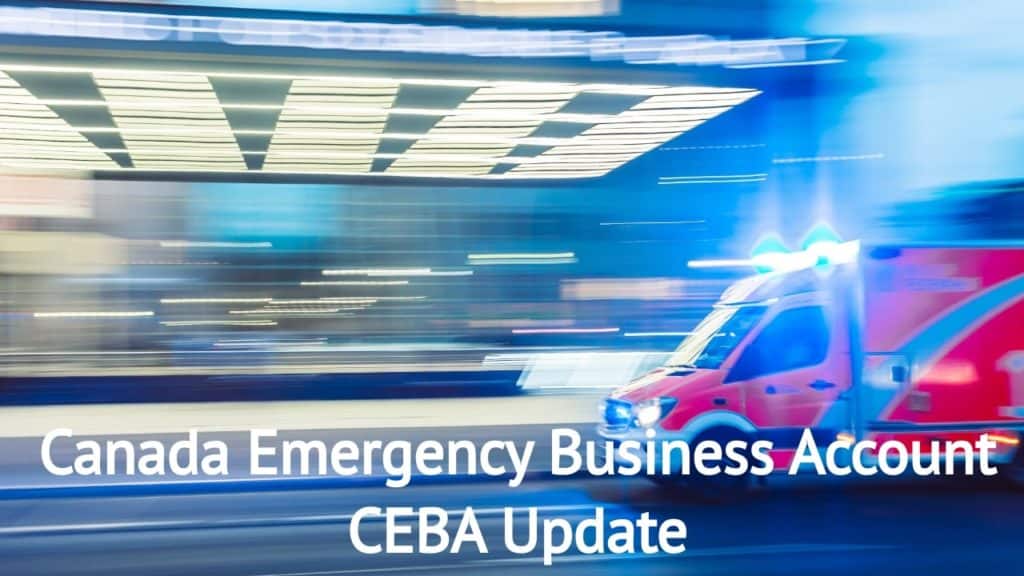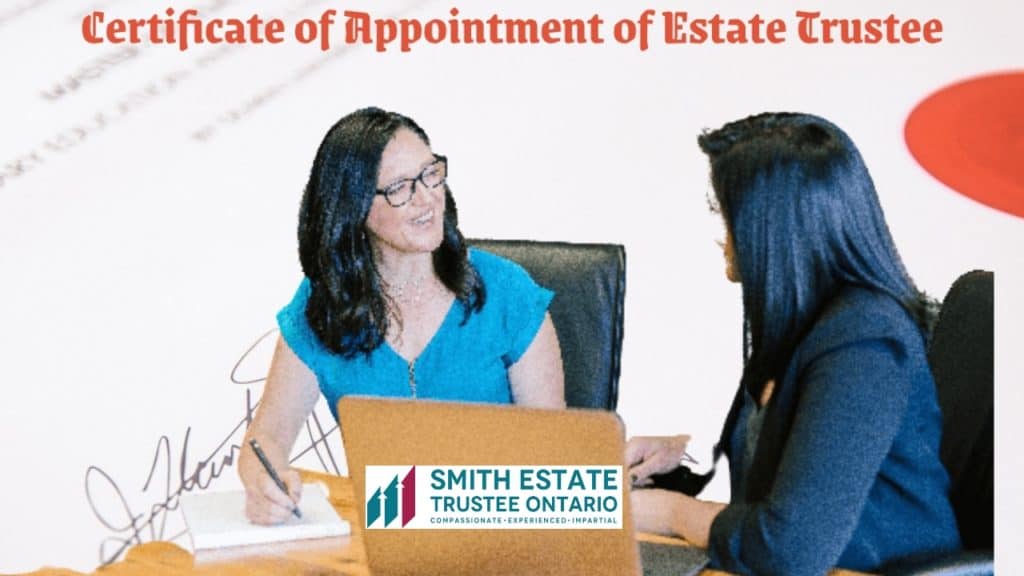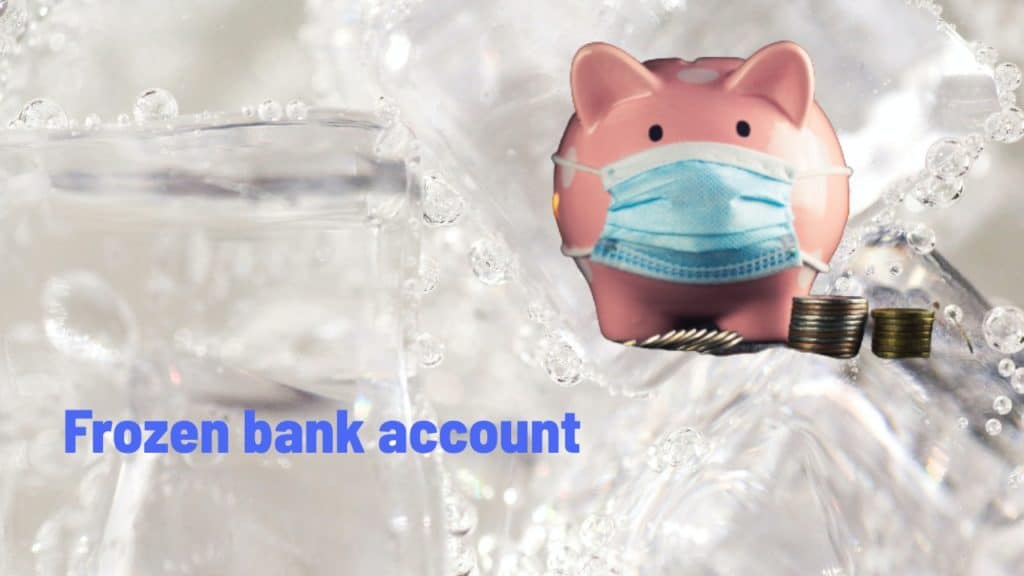 laurentian university in sudbury
laurentian university in sudbury
We hope that you and your family are safe, healthy and secure during this COVID-19 pandemic. Ira Smith Trustee & Receiver Inc. is absolutely operational and Ira, in addition to Brandon Smith, is readily available for a telephone consultation or video meeting.
If you would prefer to listen to the audio version of this Brandon Blog, please scroll to the very bottom and click play on the podcast
Laurentian University in Sudbury introduction
As widely reported, Laurentian University in Sudbury had federation agreements with the University of Sudbury, Thorneloe University and Huntington University (also known as the Federated Schools or federated universities). These three northern Ontario institutions are each an independent university offering university credits through certain courses that Laurentian University students took.
The reason for the federation agreements, which also had a companion Grant Distribution and Services agreement, is because these three colleges did not have full provincial status to register students, handle the admission to programs, confer degrees or receive provincial funding. Everyone benefitted from the arrangement.
The colleges were able to offer courses (in addition to a few specific courses unique to each respective college) and Laurentian, in turn, shared $7.7 million in funding. Canada Laurentian University made the calculation that it may not need all of the courses they administer on behalf of the 3 colleges. Rather, they can gain a full $7.7 million in funding, rather than just their administrative charge for doing the processing of the academic courses and degrees.
As readers of Brandon Blog know, I have been following the northern Ontario Laurentian University in Sudbury, Ontario financial difficulty insolvency restructuring saga. To date I have written 2 blogs on it:
- Laurentian University Facing Insolvency Makes Startling CCAA News Filing For Creditor Protection
- Laurentian University Insolvency Restructuring – Our Updated Guide On Its Massive Cuts To Gain Financial Health
In my 2 previous Brandon Blogs, I told you about Laurentian University’s academic program cuts comprising 38 English-language undergraduate and 27 French-language undergraduate program closures, in addition to 11 graduate program cuts (4 in French; 7 in English). These undergraduate program and graduate program cuts, dozens of program cuts, have caused job losses amongst the 116 full-time professors and 1 counsellor placement ending up being redundant. It has also obviously affected both undergraduate students and graduate students alike.
In this Brandon Blog, I talk about the Ontario Superior Court of Justice ruling in favour of Laurentian University in Sudbury in its effort to terminate all of its federated agreements.

Laurentian University in Sudbury: Losing academic programs will ‘hurt,’ prof says
The Laurentian University in Sudbury Board of Governors approved the issuance of issued Notices of Disclaimer of Laurentian University in Sudbury to terminate the university’s current agreement with the other Laurentian affiliates, Huntington University and Thorneloe University College, as well as the University of Sudbury (the Federated Universities). The decision was made amidst growing concern from students at all three universities. The Notices of Disclaimer were issued on April 1, 2021 (no joke!).
This news made waves in the Canadian higher education community. Laurentian University in Sudbury decided to terminate its agreement with the Federated Universities effective at the expiry of the notices. Laurentian University cited, in a press release, “concerns relating to low retention and graduation rates.” One grad student described it as “An ugly stain for years to come“.
Huntington University ended up settling with Laurentian University. Perhaps capitulating is a better word. On the other hand, Thorneloe University and the University of Sudbury each brought a motion before the court under section 32(2) of the Companies’ Creditors Arrangement Act (CCAA) for an order that their Federated Universities agreements not be terminated. They did so within the 15 day period they had to oppose the Disclaimers under the CCAA. Their motions were heard on the last two days of April. These motions were heard separately by two different Judges.

Sudbury’s Laurentian, Huntington universities reach a separation agreement, but Thorneloe and the University of Sudbury fought on
The Thorneloe University College and the University of Sudbury did not want to just capitulate. Huntington reached an agreement with Laurentian University regarding just how to terminate its collaboration. Both Thornloe and the University of Sudbury proceeded with their motions to set aside the Disclaimers. Thornloe’s motion was heard on April 29, 2021, by Chief Justice Morawetz.
Justice Gilmore listened to the University of Sudbury‘s motion on April 30, 2021. The Laurentian University stay of proceedings was expanded briefly up until May 2, 2021. On that date, the Justices released short endorsements dismissing both motions and the CCAA proceedings were extended until August 31, 2021. On May 7, both Justices released their detailed reasons.
The factors that the court needed to consider were:
In choosing whether to make the order opposing the Disclaimers, the court needs to consider whether the:
- monitor approved the proposed Disclaimers;
- Disclaimers would boost the prospects of a viable Plan of Arrangement being made for Laurentian; and also
- Disclaimers would likely cause considerable financial difficulty to a party to the agreement.
The arguments against the Disclaimers in each of the northern Ontario Thorneloe and the University of Sudbury motions were essentially the same. They were:
- Thorneloe and Huntington did not create Laurentian’s economic problems.
- The Disclaimer will result in a significant financial challenge for Thorneloe and as a result, Thorneloe will need to make an insolvency filing either under the CCAA or the Bankruptcy and Insolvency Act (Canada).
- Thorneloe and Huntington are immaterial to Laurentian’s financial scenario. Therefore the Disclaimer would not cause a material improvement for the chances of a successful Plan of Arrangement and a restructuring of Laurentian’s finances.
- The partnership between Laurentian and the two northern Ontario colleges is not a business relationship to which the provisions of the CCAA were meant to apply.
- Laurentian is acting in bad faith against the provisions of s. 18.6 of the CCAA.
- The debtor-in-possession lender (DIP lender) has no reason to make it a condition of increased financing that the Federation Agreements must be terminated.
The court decision about the Laurentian University in Sudbury Disclaimers for Thorneloe University and University of Sudbury
In both cases, everyone had their legal counsel and Thorneloe retained a financial advisor also. Thorneloe‘s financial advisor prepared a report for the court to attempt to counter the submissions of both Laurentian University and the CCAA Monitor.
The Judges each weighed all the evidence very carefully and both concluded that the:
- Monitor authorized the Disclaimer Notices.
- Disclaimers will improve the prospects of a successful Plan of Arrangement for Laurentian.
- Notices of Disclaimer will have negative economic consequences to Thorneloe and the University of Sudbury, yet this is not enough of a factor to prohibit the Notices of Disclaimer.
University of Sudbury and Thorneloe was provided a choice, similar to Huntington, which was not accepted. - Court has a choice to make and neither choice is a good one. It is required to consider
the more comprehensive implication of refusing the Notices of Disclaimer which would result in the demise of Laurentian.
The choice is if the motions succeed so the Disclaimers are not effective, it might cause an unravelling of Laurentian’s restructuring strategy and also the collapse of Laurentian. This in turn would certainly have a substantial impact on all professors, students and parts of the northern Ontario region and the entire Sudbury community. It would likewise create financial harm to Thorneloe and the University of Sudbury. Certainly, this is not a desirable outcome.
If the Notices of Disclaimer are supported, the court acknowledged that this very well may threaten the survival of the colleges. The court was sympathetic to this but stated that the impact on the colleges will be considerably less than if Laurentian and the colleges both stop operating. Given these two undesirable choices, the much better choice or the least unwanted selection is to support the Notices of Disclaimer.
Therefore, the motions brought by Thorneloe and the University of Sudbury to revoke the Notices of Disclaimer were dismissed. The Judges reject appeals from federated universities. Thorneloe stated it would appeal the decision of the court. As previously stated, Huntington has already struck a brand-new plan with Laurentian. The University of Sudbury is considering what it ought to do next.

Laurentian University in Sudbury summary
I hope you enjoyed the Laurentian University in Sudbury Brandon Blog post. According to the Monitor’s reporting to the court, on April 30, 2021, Laurentian owes millions of dollars; $321.8 million to be precise.
Are you worried because you just lost your job through no fault of your own? Is your business dealing with substantial debt challenges and financial problems due to your largest customer failing to perform and pay your company? Do you assume bankruptcy is your only option? Call me. It is not your fault that you remain in this way. You have actually been only shown the old ways to try to deal with financial issues. These old ways do not work anymore.
The Ira Smith Team utilizes new modern-day ways to get you out of your debt difficulties while avoiding bankruptcy. We can get you the relief you need and so deserve.
The tension put upon you is big. We know your discomfort factors. We will check out your entire situation and design a new approach that is as unique as you and your problems; financial and emotional. We will take the weight off of your shoulders and blow away the dark cloud hanging over you. We will design a debt settlement strategy for you. We know that we can help you now.
We understand that people and businesses facing financial issues need a realistic lifeline. There is no “one solution fits all” method with the Ira Smith Team. Not everyone has to file bankruptcy in Canada. The majority of our clients never do. We help many people and companies stay clear of bankruptcy.
That is why we can establish a new restructuring procedure for paying down debt that will be built just for you. It will be as one-of-a-kind as the economic issues and discomfort you are encountering. If any one of these seems familiar to you and you are serious about getting the solution you need, contact the Ira Smith Trustee & Receiver Inc. group today.
Call us now for a no-cost consultation.
We will get you or your business back up driving to healthy and balanced trouble-free operations and get rid of the discomfort factors in your life, Starting Over, Starting Now.
laurentian university in sudbury
We hope that you and your family are safe, healthy and secure during this COVID-19 pandemic. Ira Smith Trustee & Receiver Inc. is absolutely operational and Ira, in addition to Brandon Smith, is readily available for a telephone consultation or video meeting.

